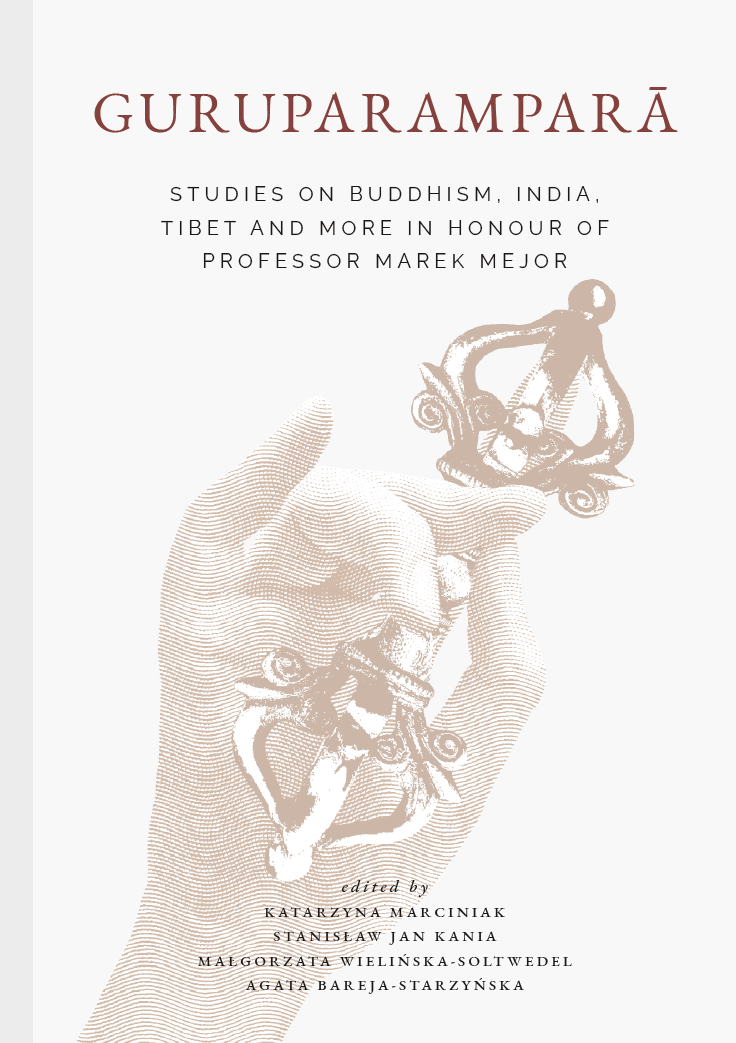Reading Notes on the Vigrahavyāvartanī
Reading Notes on the Vigrahavyāvartanī
Author(s): Eli Franco
Subject(s): Theology and Religion
Published by: Wydawnictwa Uniwersytetu Warszawskiego
Keywords: Nāgārjuna; Vigrahavyāvartanī; dṛṣṭānta; dṛṣṭāntavirodhaḥ; hetu; pratijñālakṣaṇa; six-pointed debate (ṣaṭkoṭiko vādaḥ); pramāṇas; skepticism; Nyāya semantics
Summary/Abstract: This paper suggests a new understanding of some key-concepts used in the Vigrahavyāvartanī (VV), such as dṛṣtānta (reading note 1), pratijñālakṣaṇa (note 4) and hetu (note 6). It argues that contrary to the commonly held opinion, Nāgārjuna’s opponent was not a Naiyāyika inasmuch as the philosophical tradition of Nyāya did not yet exist, but rather an Ābhidharmika, yet not of the Sarvāstivāda tradition (note 5, cf. also note 12). In this connection, the paper underscores the fact that certain Buddhists held a theory of four pramāṇas, and explains how the rejection of pramāṇas by Nāgārjuna did not keep him from making use of dialectics and knowledge claims (note 8). Furthermore, it advances a nihilistic interpretation of the VV against the claims that Nāgārjuna was a prāsaṅgika (K. Bhattacharya) or a skeptic (E. Mills), or that he availed himself of special semantics (J. Westerhoff). The paper also argues that Nāgārjuna held a thesis, in fact a triple thesis, namely, that all things are empty, his own statement is included in all things, and empty things can perform actions (note 7). Finally, it distinguishes two different proofs of emptiness advanced in the VV (notes 9–10).
Book: Guruparamparā
- Page Range: 119-144
- Page Count: 26
- Publication Year: 2022
- Language: English
- Content File-PDF

